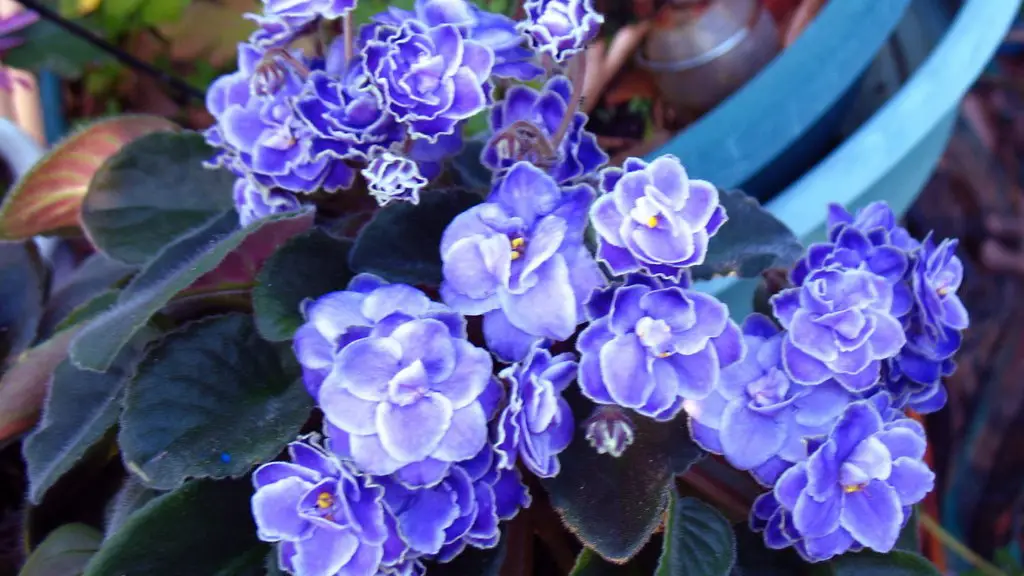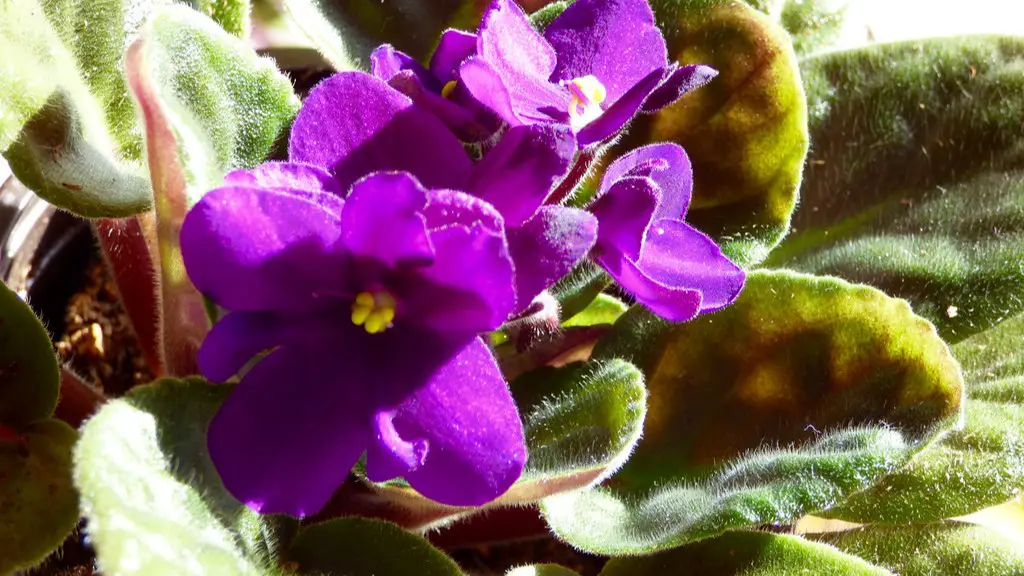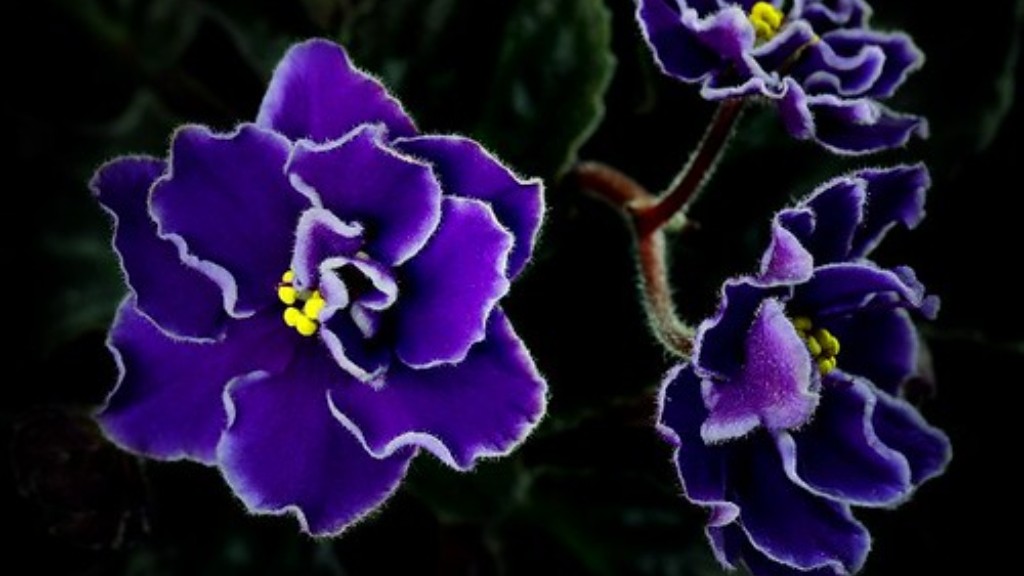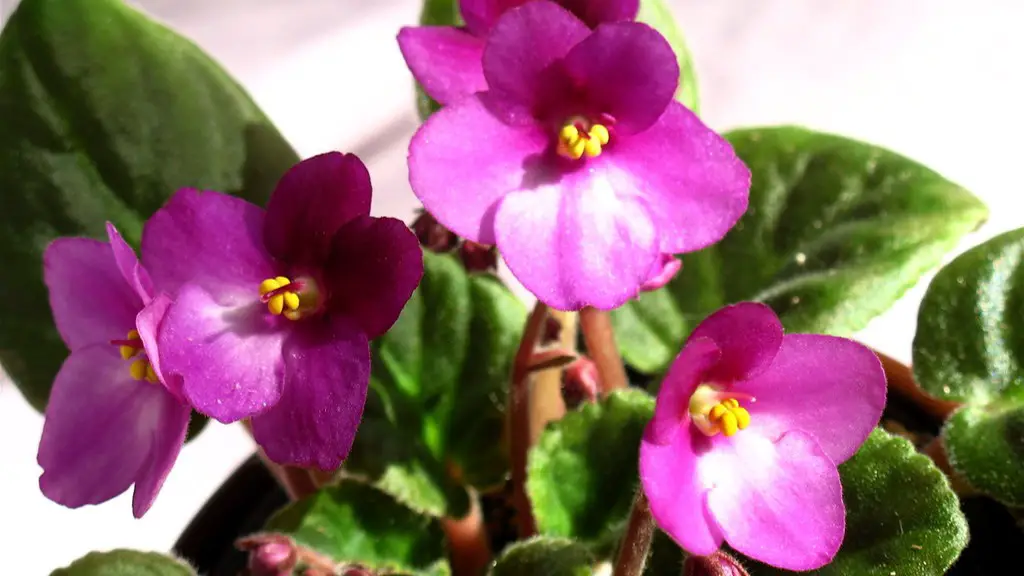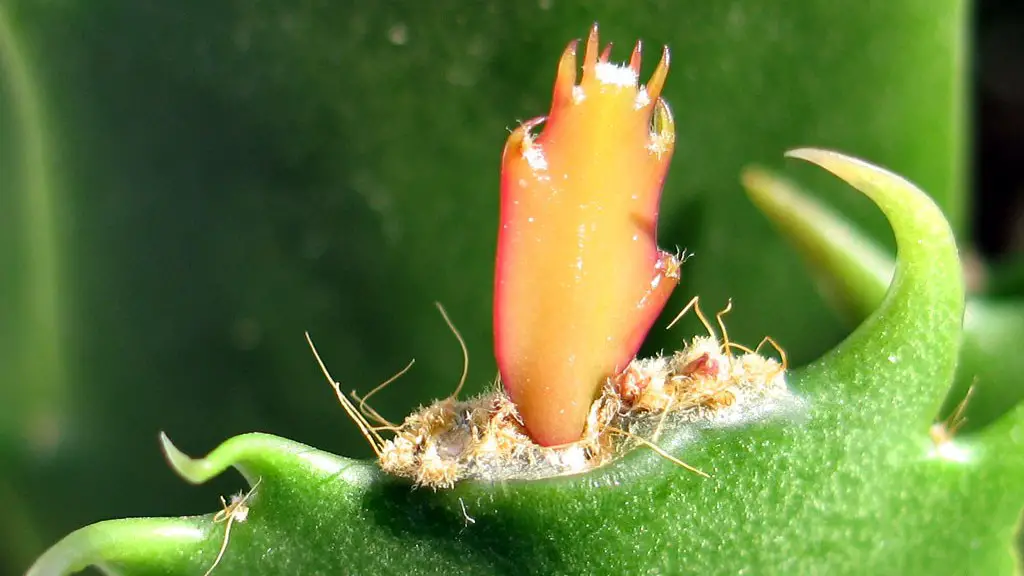If you’re looking for a colorful, low-maintenance option for your home, look no further than the African violet. These beautiful flowers are native to Africa and come in a variety of colors, including purple, blue, white, and pink. Although they’re relatively easy to care for, there are a few things you’ll need to do to ensure that your violets thrive.
To plant African violets, use a pot with a drainage hole and a lightweight potting mix formulated for African violets. Water the soil until it is evenly moist, and then plant the African violet at the same depth it was growing in the container it came in. After planting, water the soil again.
African violets need bright, indirect light. If you are growing them indoors, a south-facing window is ideal. If you are growing them outdoors, dappled shade is best.
Water African violets when the top inch of soil is dry. To water, use a watering can with a long spout, or water from the bottom by setting the pot in a basin of water. Allow the African violet to soak up water for about 15 minutes, and then remove it from the basin and allow it to drain.
Fertilize African violets every other week with a water-soluble fertilizer formulated for African violets.
To care for African violets, it is important to keep the leaves clean. Dust them with a soft, dry cloth, or use a hand-held vacuum with a soft brush attachment. You can also mist the leaves with water to help remove
How do you care for an African violet plant indoors?
African violets need indirect sunlight and a north- or east- facing window for best results. Keep plants away from cold glass and rotate the pot once a week so all leaves receive light. Extend daylight by placing African violets under a grow light during winter months.
African violets are best suited for bright, indirect light. A site near an east or north window is often a good location, as these areas will not be hit with direct sunlight. If a suitable window isn’t available, place African violets under a fluorescent light fixture containing two 40-watt fluorescent tubes. This will provide the African violets with the bright light they need to thrive.
What should African violets be planted in
African violets are a type of plant that does best when planted in an African violet potting mix or any light, loose, fast-draining potting mix. This type of mix is typically 30 to 50 percent perlite or vermiculite. You can also mix up your own potting soil for African violets. Keep them planted in small pots and re-pot once a year to give them fresh, nutrient-rich soil.
If you’re looking for an easy way to root African violets, the quickest and easiest way I’ve found is to use a leaf from the plant. You can take the leaf from your existing African violets, or even from a friend’s plant.
What is the secret to growing African violets?
If you want your plants to have the best color and blooms, grow them in bright, indirect light. A plant stand three feet away from a west- or south-facing window is an ideal location. Plants will still grow when situated right beside north- or east-facing windows, but leaves will be thin and spindly, and plants less likely to bloom.
African violets are beautiful flowers that can brighten up any room. However, it is important to remember that they have a very long lifespan and need to be repotted every few years. This will ensure that they continue to thrive and look their best.
Do African violets need bigger pots?
When potting your African violet, be sure to choose a pot that is on the smaller side. African violets do best when they are slightly pot-bound, so a pot that is 3-4 inches in diameter is the perfect size for a standard African violet plant.
When it comes to African violets, it is best to let the leaves be. Brushing them can actually decrease the plant’s quality and size. So the next time you are tempted to pet one, just admire it from a distance.
Can I use regular potting soil for African violets
African violets prefer slightly acidic conditions, between 58 to 65 pH. In conventional soil, your plant won’t be able to efficiently absorb nutrients. Generally, peat moss is used to lower the pH in African violet potting soil.
watering your african violet
It is very important that you do not mist the foliage of your African violet, as water on the leaves can cause permanent leaf spotting. Instead, water your plant using room temperature water, and be sure to water the crown of the plant (the section of the plant at soil level) to avoid crown rot.
Can I put my African violet outside?
If you’re hoping to keep your African violets alive by keeping them outdoors, you’re probably going to be disappointed. African violets are very delicate plants, and they need very specific conditions in order to thrive. Most backyards simply don’t provide the right environment for them. African violets come from the rainforests of Tanzania, so they’re used to a much more humid climate than most places in the world. If you live in a particularly dry area, your African violets probably won’t last very long.
African violets are popular houseplants because they are relatively easy to care for and bloom frequently. However, sometimes they can stop blooming for no apparent reason. If your African violet has stopped blooming, there are a few things you can do to encourage it to bloom again.
First, make sure that the plant is getting enough light. African violets need bright, indirect light in order to bloom. If the plant is not getting enough light, it will not bloom.
Second, turn up the humidity around the plant. African violets like humid conditions. You can increase the humidity around the plant by setting it on a tray of pebbles and water or using a humidifier.
Third, replenish the plant’s essential nutrients. African violets need to be fertilized every few weeks with a fertilizer made specifically for African violets.
Fourth, keep the temperature around the plant pleasant. African violets like temperatures between 70-80 degrees Fahrenheit.
Fifth, choose the right soil for the plant. African violets need a light, well-draining soil.
Sixth, protect the plant from pests and disease. African violets are susceptible to various
Can you use tap water for African violets
If you are concerned about the quality of your tap water, it is best to use filtered or distilled water for your African violets. This will help to ensure that your plants are getting the best possible quality of water.
Epsom salts are a great way to provide plants with essential magnesium and sulfur. These two minerals are needed to produce beautiful blooms and healthy foliage. To use, mix one and a half teaspoons of Epsom salts in a quart of tepid water and swirl to dissolve. Water your plants with this solution once a month.
How do you grow African violets in potting soil?
This is a recipe for a soil mix that is ideal for African violets. It is important to use a mix that is well-drained, yet still has some moisture retention. The peat moss, humus, or leaf mold will help to hold moisture, while the perlite, vermiculite, or sand will help to improve drainage.
This fertilizer is specially formulated for African violets and other blooming houseplants. It is high in phosphorus, which promotes abundant blooms. Use it every two weeks during the growing season for best results.
Final Words
To plant African violets, choose a spot in your home that gets moderate light and has good ventilation. African violets need soil that is rich in organic matter, so be sure to use a potting mix that contains compost or peat moss. Water your African violet when the soil is dry to the touch, and fertilize every other week with a water-soluble fertilizer. When it comes to growing African violets, the most important thing is to keep the leaves dry. Water them from the bottom by placing the pot in a dish of water and letting the plant soak up what it needs.
If you follow these simple steps, you will be well on your way to enjoying these beautiful plants in your home. provide African violets with bright, indirect sunlight and well-drained, African violet potting mix. water your plants from the bottom, using room-temperature water, and be sure to fertilizer monthly. with a little love and care, you will be rewarded with blooms year-round.
